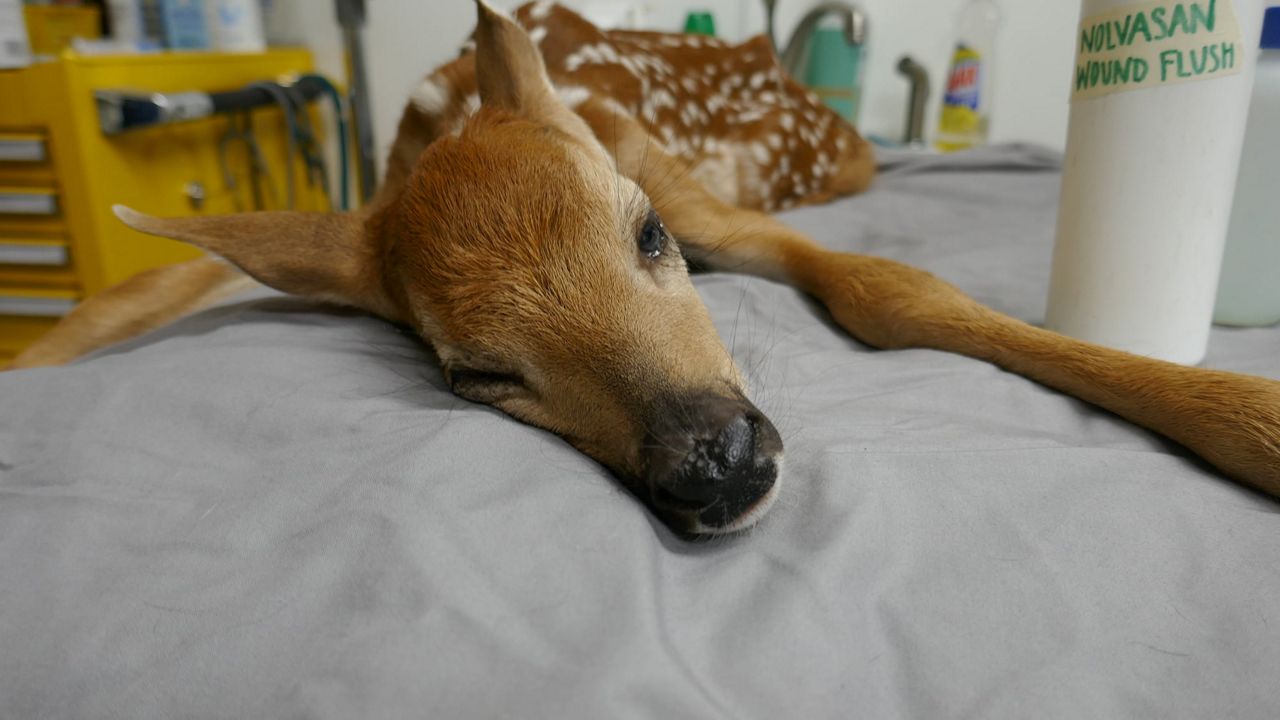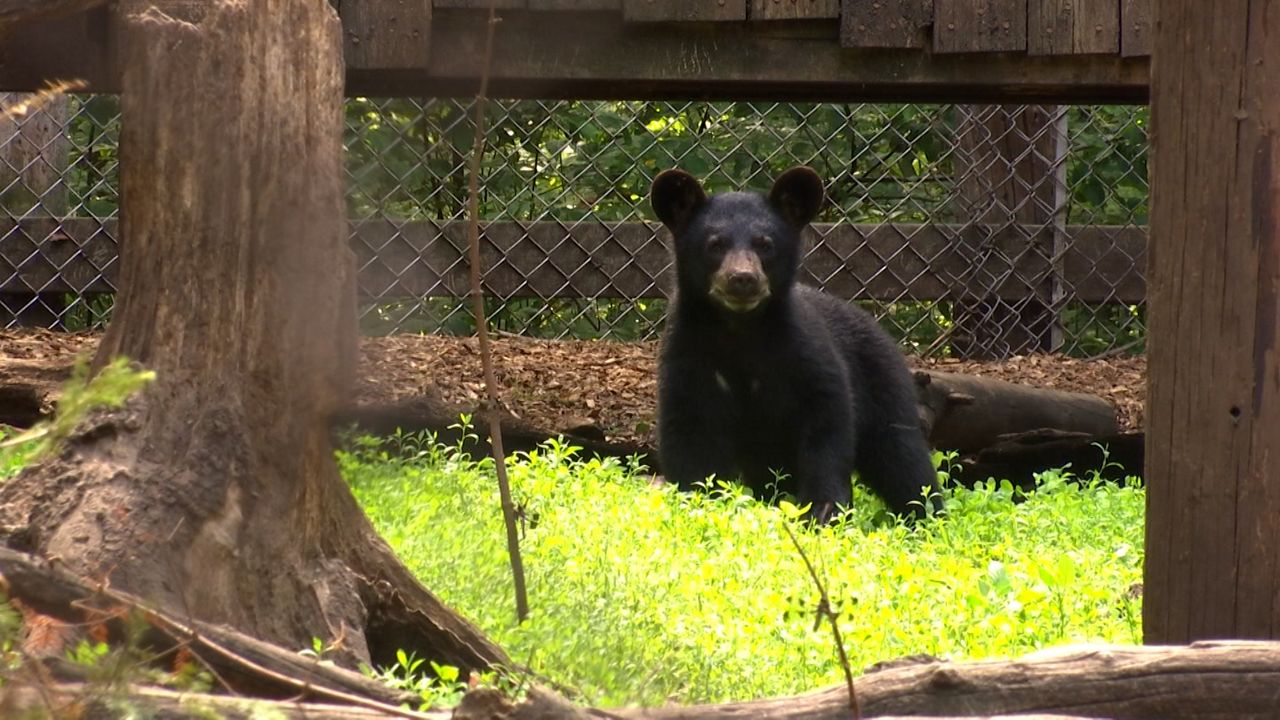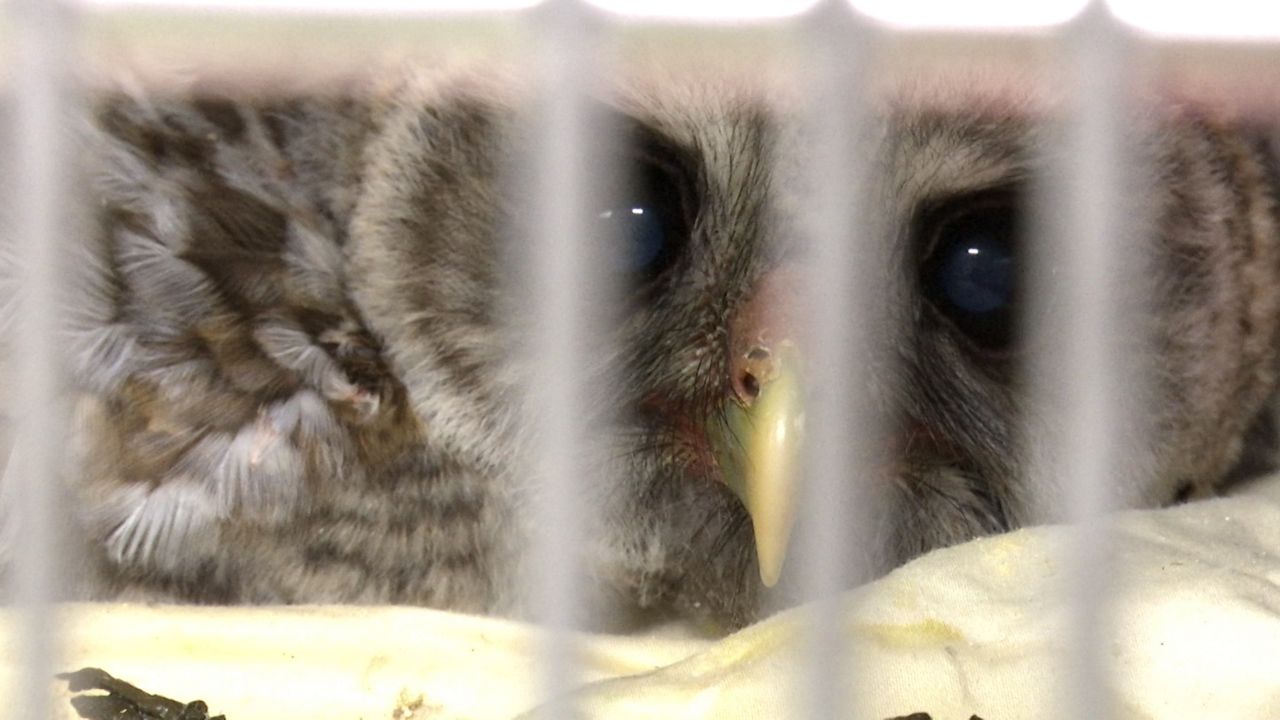RHINELANDER, Wis. — More than a year since the pandemic started, some CDC restrictions are still causing difficulties for wildlife rehabilitators in Wisconsin.
What You Need To Know
-
Spring is the most common time of year for wild animals to give birth
-
Temprorary suspensions are still in place on rehabilitating wild cats, members of the weasel family, and most bats
-
Strict deer protocols have limited the number of rehabilitators available to take the wave of fawn calls
Places like Wild Instincts in Rhinelander are working hard to help as many animals as they can. Wild Instinct's rehabilitation facility cares for more than 220 animals — most of them in adolescence.
Spring is typically a busy time of year in the wilderness, as many wild animals give birth during the season. Deer fawns are some of the more common young animals that get sent to wildlife rehabiltators in the spring, but Wild Instincts said Department of Natural Resources (DNR) protocols for rehabilitating them were issued right before the typical birthing season.

Courtesy: Wild Instincts
“We finally got our approval probably about five days after fawns had been being born,” said Mark Naniot, who runs the nonprofit with his wife Sharon Larson.
When the rush of fawn births started across Wisconsin, no other wildlife rehabilitators had been approved to accept the orphaned ones as parents fell victim to things like cars and predators.
“They just started coming in droves,” Naniot said. “At that time we were the only ones in the state that had even submitted paperwork, so we were dealing with fawns from all across the entire state.”
For the first time in Wild Instinct's history, they are at capacity for fawns with 15 in total, meaning they have to turn away fawns daily. Naniot said just in the past week another rehabilitator was approved for fawns, but the other organization only takes them from Brown and Door counties.
“Most centers probably are not going to do it this year, so we're looking at a year of no other help unfortunately,” Naniot said.
The DNR says it is following guidelines set by the Centers for Disease Controls (CDC). DNR Wildlife Health Specialist Amanda Kamps said after a lab study showed deer can transfer SARS-CoV-2 — the virus that causes COVID-19 — between them, it wasn't clear if they would allow deer rehab at all.
“Instead of putting in a temporary suspension we have incorporated some increased biosecurity requirements and these are coming out of recommendations that the CDC has published on their website,” Kamps said.
The DNR still has a temporary suspension on rehabilitating wild cats like bobcats and animals in the weasel family like otters and mink. Rehabilitaion of most bat species in the state is temporarily suspended as well, with the only exception being Brown Bats.
“Once a disease gets introduced into a population it's very difficult to try to control, let alone eradicate or completely get rid of, and we don't know the affects this virus could have on North American animals,” Kamps said.

Bear Cub at Wild Instincts
Kamps said the restrictions are an attempt to protect both animals and humans. She said there isn't much data on how the coronavirus affects wild animals, and most of what we know about its impact on animals has come from domesticated animals in places like zoos and farms.
“So it's really trying to balance the science, the information that we know about the disease, which animals do we have here in the state,” Kamps said.
Naniot said he thinks the DNR is losing out on a research opportunity by not employing wildlife rehabilitators to test animals for coronavirus as they come in, but Kamps said the guidelines and recommendations for when to test animals from the CDC are strict.
Naniot and Wild Instincts are determined to help all the animals they can despite the pandemic, but say the restrictions are making things difficult.
“I realize it's a process and there's nothing anybody can do about it, but we're ready for it to be done, that's for sure,” Naniot said.

Owl at Wild Instincts
Members of the public are likely to keep finding orphaned or injured restricted species or ones with no capacity remaining at rehabilitators like the deer at Wild Instincts. Despite the advice from the DNR, local law enforcement, and wildlife rehabilitators like Naniot, people in the public start trying to care for animals they find rather than letting nature take its course or calling for someone to euthanize them, Naniot said.
“The public, who is untrained, is going to do the rehab of those animals because they're not just going to look out their kitchen window while they're doing dishes and watch that animal die,” Naniot said. “It's not in people's DNA, they're not going to do it.”
Kamps said it's imperative people leave wild animals alone and call a professional. She said oftentimes animals will leave their young alone for long periods as part of their nature, but a human may think they're orphaned, try to help, and make the situation worse.
“If you notice something leave the animal there, make a phone call or look online for some of those good resources,” Kamps said. “If that animal is there because it doesn't need help, that saves the space or the capacity at rehab centers for animals that actually do need a little bit of help.”
"difficult" - Google News
June 16, 2021 at 01:10AM
https://ift.tt/3ztBQUp
Coronavirus still making things difficult for wildlife rehabilitation - Spectrum News 1
"difficult" - Google News
https://ift.tt/2VWzYBO
https://ift.tt/3d5eskc
Bagikan Berita Ini















0 Response to "Coronavirus still making things difficult for wildlife rehabilitation - Spectrum News 1"
Post a Comment